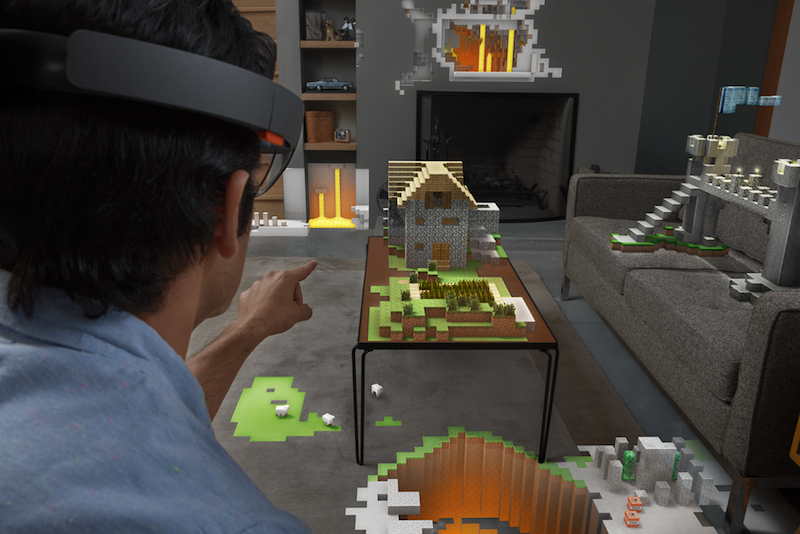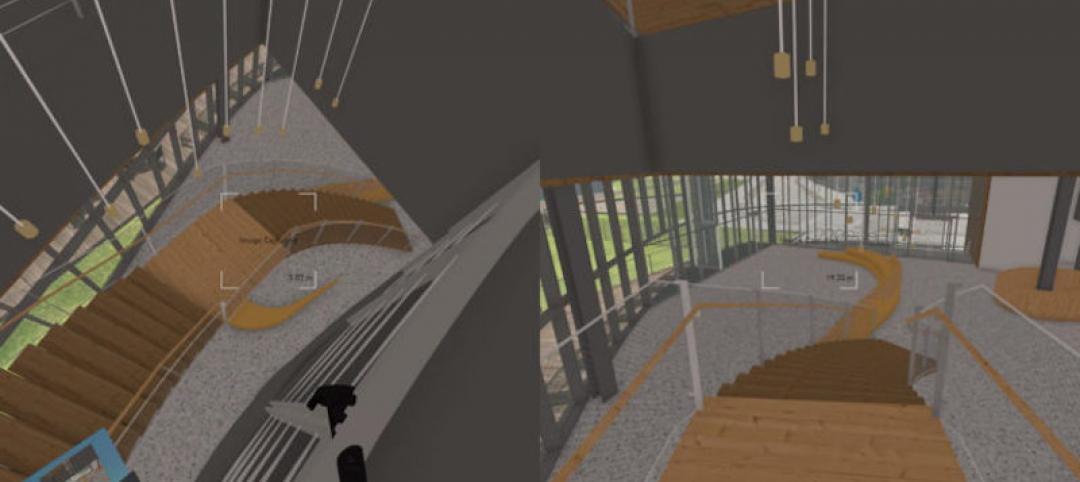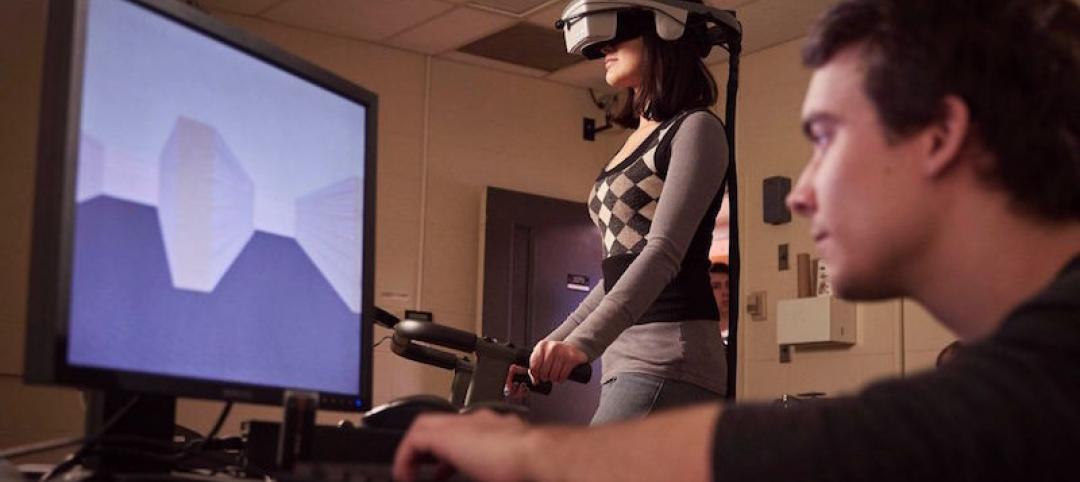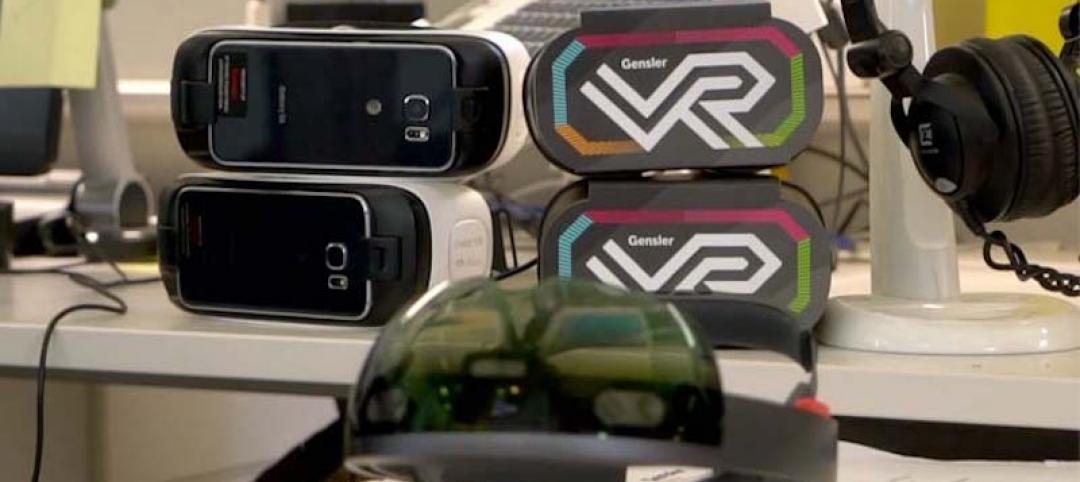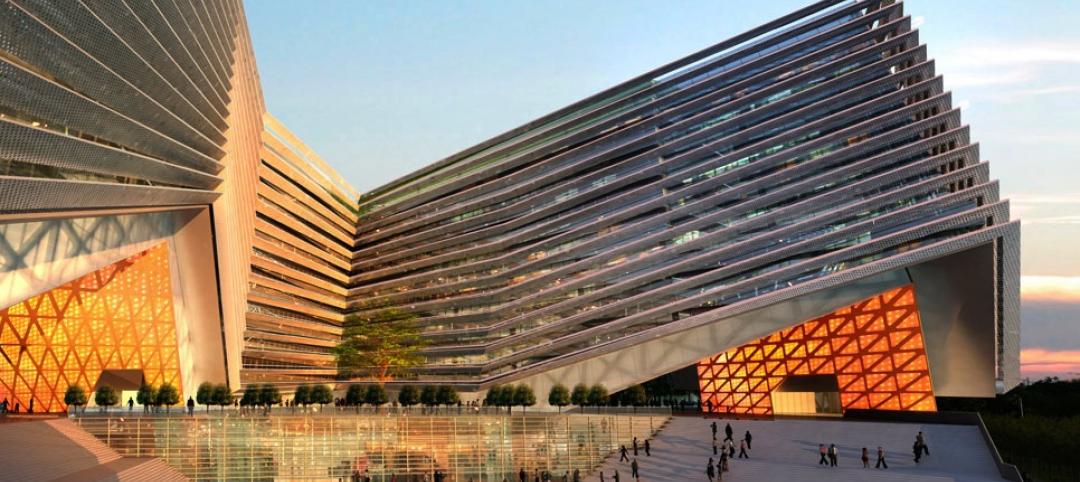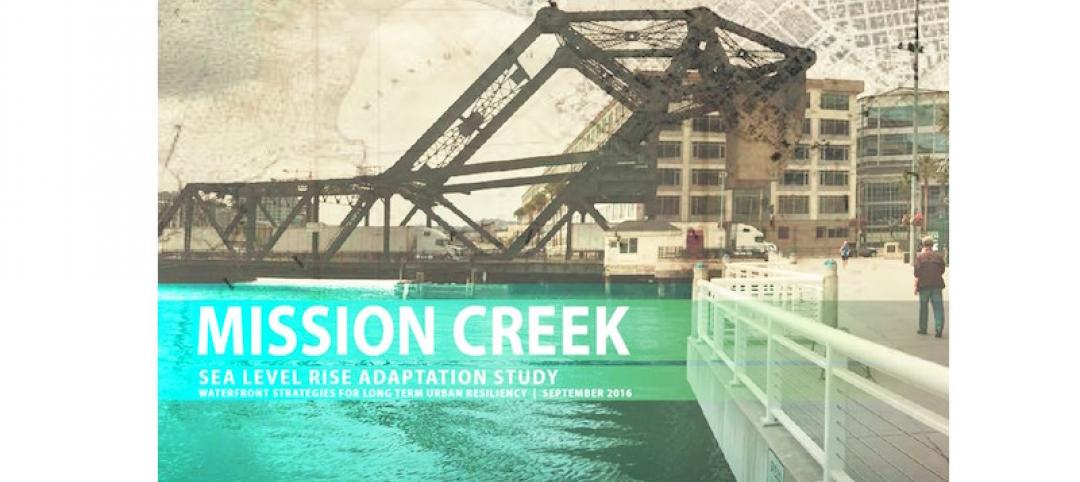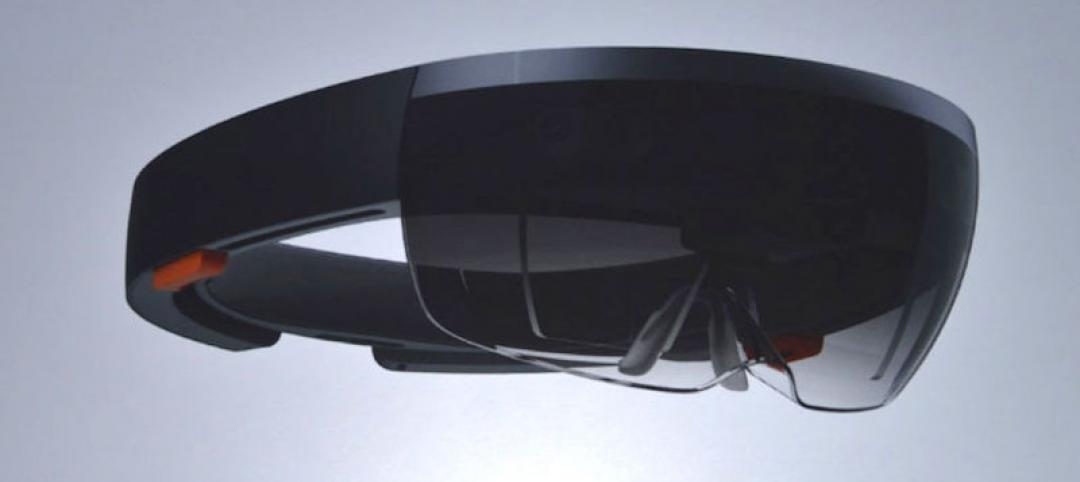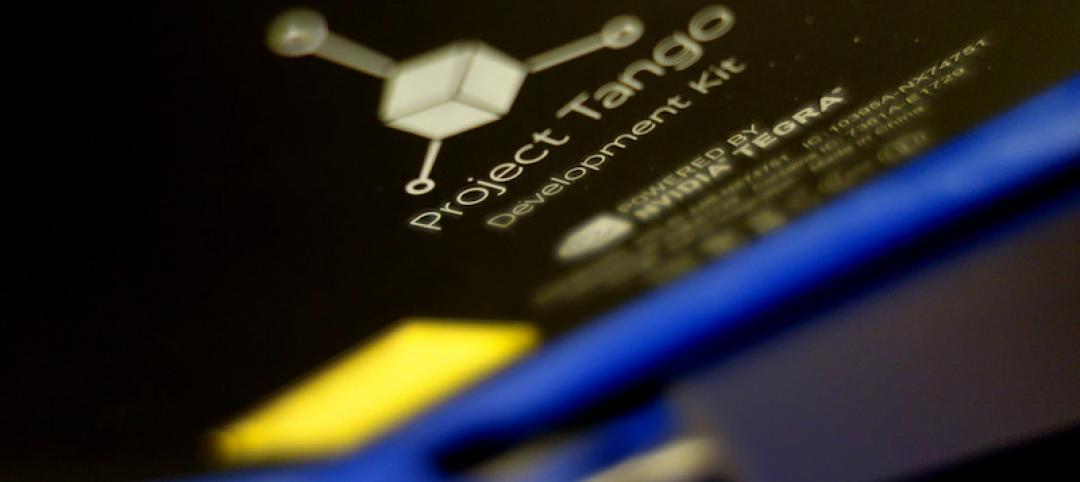Mixed reality and virtual reality are two similar technologies that look to alter the perception of the world we live in. While virtual reality devices, such as the Oculus Rift, do this by completely blocking out the real world and, for all intents and purposes, transferring you to another world entirely, mixed reality takes a more minimalist approach.
Mixed reality devices, like Magic Leap (which recently raised $794 million in new funding) or Microsoft’s HoloLens, leave the real world right where it is, instead, choosing to add to it and alter it. Whether these alterations are as simple as adding a flower pot to a table, or as grand having a whale jump straight out of a gymnasium floor and splash back down again (which is the first thing you see upon entering Magic Leap’s website) the real world changes, but never disappears completely.
It is this fact, this inclusion of the real world that mixed reality is built on, that has some people, such as movie director Peter Jackson, much more excited about its prospects as opposed to those of virtual reality. It becomes a question of what is more exciting: being transported to a new world of dragons, kings, and magic, or seeing a dragon perch on your house’s garage right in the middle of your very own neighborhood? In a recent Wired article written by Kevin Kelly, Jackson speaks as to why he is more excited about latter.
“Maybe while you are walking around the modern streets of Chicago you see gangsters driving past with tommy guns. It could be a form of education, entertainment, and tourism,” Jackson says. “In 10 years, I expect that mixed-reality technology like Magic Leap will be used as much as, if not more than, smartphones.”
Magic Leap’s website says the company wanted to “take a different path and rethink the relationship technology has with people.” Instead of staring at computer, television, and smartphone screens all day, the company wanted to use the real world as their playground.
Recently, as Uploadvr.com reports, Magic Leap showed off some applications of Magic Leap in a video (watch it here), one that they say was shot directly through their technology without using any type of special effects or compositing. The video shows off mundane tasks such as checking the weather and looking through daily notifications mixed with more entertaining and fantastical undertakings like getting a quick history of Mount Everest, complete with a virtual model of the mountain, sound effects, and audio recording and watching as a bloom of jellyfish swims through the air.
According to listings on their website, Magic Leap is currently hiring dozens of positions ranging from various types of engineers and designers to game developers and system architects, suggesting development of the Magic Leap is kicking into full gear.
While much of what has been shown in videos and on their website still looks like the stuff of dreams, mixed reality looks closer to being an actuality than ever before. Like T.E. Lawrence wrote, “the dreamers of the day are dangerous men, for they may act their dreams with open eyes, to make it possible.”
Well, the eyes of various developers of mixed reality devices seem to be wide open, and more things than ever before seem possible.
Related Stories
Virtual Reality | Jun 28, 2017
Virtually real design
Viewing a building design in virtual reality (VR) allows contributors to better relate to the experience of viewing a detailed physical model, rather than two-dimensional renderings or animations.
Designers | Jan 13, 2017
The mind’s eye: Five thoughts on cognitive neuroscience and designing spaces
Measuring how the human mind responds to buildings could improve design.
Augmented Reality | Dec 12, 2016
Gensler & Trimble: Augmented reality enters the design process
With the Trimble Software for Microsoft’s HoloLens device we’re able to bring into the physical world what exists only digitally.
Sports and Recreational Facilities | Jul 20, 2016
San Diego’s waterfront redevelopment would go beyond a mere ‘project’
Its developers envision a thriving business, education, and entertainment district, highlighted by a huge observation tower and aquarium.
Augmented Reality | Jul 15, 2016
Pokémon Go is helping people discover their cities
While catching them all may be the main goal, the wildly popular mobile game is also leading people to trek to unexplored corners of their cities
AEC Tech | May 9, 2016
Is the nation’s grand tech boom really an innovation funk?
Despite popular belief, the country is not in a great age of technological and digital innovation, at least when compared to the last great innovation era (1870-1970).
Virtual Reality | Apr 29, 2016
NBBJ to develop virtual reality productivity platform
The Seattle design firm has partnered with Visual Vocal, a startup VR company.
Building Tech | Apr 12, 2016
Should we be worried about a tech slowdown?
Is the U.S. in an innovative funk, or is this just the calm before the storm?
Virtual Reality | Apr 8, 2016
Skanska will use Microsoft HoloLens to lease planned Seattle high rise
The mixed reality headset will allow people to take a holographic tour of the building while keeping visual contact with the leasing representative.
AEC Tech | Mar 15, 2016
Two to tango: Project Tango isn’t just for entertainment, it also has a wide range of possibilities relating to the professional world
Making things like augmented reality, precise measurements of indoor spaces, and indoor wayfinding possible, Google’s Project Tango has all the makings to become a useful and ubiquitous tool in the AEC market.


